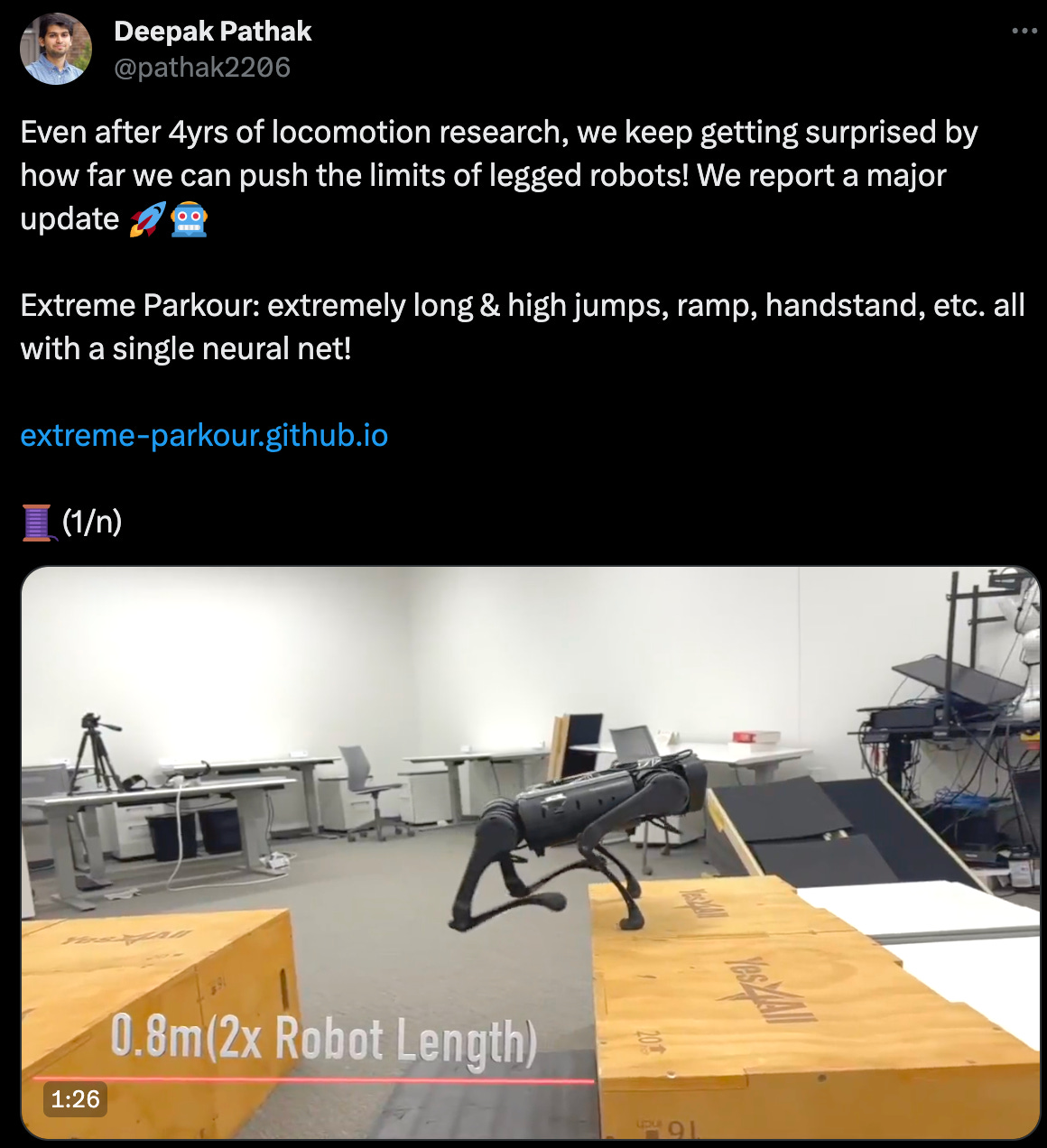Data centres are turning to Nuclear to power your AI needs
Data centre energy and compute demands are accelerating due to the proliferation of AI / LLMs. Most data centre workloads are low to medium-intensity compute (CPUs) though shifting to energy-hungry GPUs, which are used to train AI models. Energy usage is forecasted to increase by 2x-3x in the next 5 years:
There’s a collision of a number of themes we cover; renewed interests in industrial capacity, a complex shift to renewable power generation and the need for state-level technological sovereignty.
GPUs are power-hungry beasts - Claude’s 12bn parameter LLM model requires approximately 6,480 MWh of energy for training alone, enough to power 600 homes for a year.
Sourcing GPUs has become a scarcity, and so is powering them. In the UK, training Claude’s latest model would have cost nearly $1m in electricity alone. And that’s not the end of it, remember the transition to renewables? Yeah, well you ideally need to source low or carbon-free energy.
Microsoft goes Nuclear
Last week, Microsoft posted a job ad for a ‘Principal Program Manager Nuclear Technology’:
“This senior position is tasked with leading the technical assessment for the integration of SMR and microreactors to power the datacenters that the Microsoft Cloud and AI reside on.”
It’s clear that Microsoft is thinking far out on its energy strategy, in May they signed a deal with fusion company, Helion, to (potentially) secure fusion energy in 2028. Microsoft clearly sees SMRs (small modular reactors) as a key part of powering their future data centres. We’ve seen other attempts like Google securing 10GW of clean energy for their data centres and startups such as Evroc building sustainable hyper scalers near renewables and in cold climes to improve heat dissapation.
In many ways, Nuclear is perfect for data centres, it delivers consistent baseload power (unlike solar, and wind) and produces no greenhouse gas emissions (unlike fossil fuels). SMRs also negate the use of the grid, which is congested to the point that new data centre projects are increasingly being curtailed given the lack of capacity. They can also be produced in factories versus on-site.
However, as we have previously covered, deploying nuclear is not without issue - it has extremely high initial capex, multi-year builds (median= 6 years) and is classified as clean energy in only a few countries (namely France 🇫🇷 and Belgium🇧🇪). This is before you even get to public and political perception.
Microsoft’s choice of SMR specifically is not without risk. There are only a handful of SMRs in active use today such as Russia’s floating Akademik Lomonosov and Argentina’s CAREM prototype reactor. Most SMRs generate 300-500MWh, though there are a few startups building (really small) SMRs, in the 1-50MWh range such as Radiant and Steady Energy. However, widespread deployment is still years away.
Allez les Verts!
France has been attracting founders of AI companies, with a mixture of capital incentives and the availability of abundant, cheap energy through nuclear.
Availability of this cheap energy is giving France the ability to build data centers without fear of energy availability issues. Xavier Niel, just invested $200m in an Nvidia supercomputer (NVIDIA DGX SuperPOD) for Scaleway, his cloud computing company.
France has been able to attract US AI founders to build their companies in Paris, with a mixture of capital, compute, talent and energy. We’ve seen this before, in May AI startup Mistral heralded France’s Nuclear advantage:
We’re at a point where energy sovereignty is placing nations at a clear advantage for citizens and businesses alike.
Top Stories
India is planning $2bn of incentives for local manufacturing (Reuters)
Ottopia brings teleoperations to last-mile delivery (Ein Presswire)
UK’s ARIA launches new robotics challenge led by Jenny Read (ARIA)
Poland greenlights first Nuclear power plant (Euro News)
MLPerf inferencing benchmarks: Nvidia still on top, Intel chasing (Spectrum IEEE)
Boston Dynamics AI Institute launches research initiative for robot ethics (AI Institute)
Fusion energy company, Helion, strikes for industrial energy (Helion)
Electric boat maker, Arc, raises $70m Series B (Arc Boats)
The net-zero transition is harder than anyone thinks (BNEF / Bloomberg);
“The transition will also be brutally challenging: every sector of the economy will have to switch to new technologies, consumers will have to change behaviors, new supply chains will have to be built, and all this has to happen in every major economy, in just a few decades”
🦾 Manufacturing and Robotics
Software eats greenhouses - OptimalAG greenhouse outperforms traditional Dutch growers
"There are not enough skilled growers available to service the greenhouses that are being built around the world," Dave Hunter, OptimalAG CEO
OptimalAG has developed an AI-powered predictive control system for greenhouses that uses a digital twin model to optimize inputs like temperature and irrigation every minute based on weather forecasts. This improves yield, quality, and energy efficiency
A digital twin of the greenhouse is continuously updated with real-time information and weather forecasts. Using advanced optimization software, the inputs to the greenhouse are re-planned each minute (e.g., heating pipe temperatures and vent positions)
Optimal's software tools include standardized operating procedures, labour scheduling, performance tracking, and an app to guide workers through tasks. This enables consistent, optimized operations. In trials, Optimal achieved;
13% higher tomato/cucumber yield
14% higher Brix (taste)
-27% energy
-20% CO2
Progress in robotics is accelerating, with several releases in the last few weeks;
GELLO is a $300 teleoperations device for robotic arms;
Extreme Parkour; end-to-end model for robotic locomotion using a single neural net
LEAP: low-cost anthropomorphic hand for robots (also out of Carnegie Mellon)
🌍 Policy and Geopolitics
Replicator is a new US DoD initiative to rapidly field thousands of connected autonomous systems (“small, smart, cheap”) across multiple domains, including air, land, sea, space, and cyber, within the next 18-24 months
It aims to counter China's military buildup and advantage in sheer numbers by leveraging small, smart, cheap, and highly scalable platforms.
Replicator is geopolitically important as a deterrent and potential force multiplier in a Taiwan contingency, and technologically impactful in driving rapid innovation and scaling of autonomous systems
“Defense Innovation Unit and other innovation organizations have led the connection with commercial companies to enable Replicator. Their ongoing efforts should seek to understand the UxS industry’s manufacturing constraints to help guide DoD investment strategies”
Aligning commercial solutions with defence requirements and manufacturing capabilities will be key for startups looking to support the rapid fielding of attrite autonomous systems













